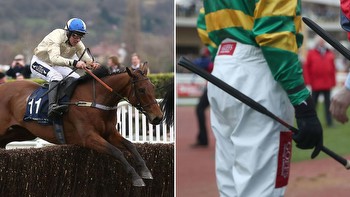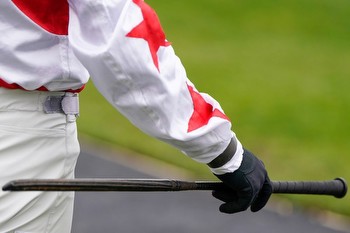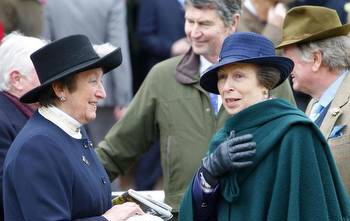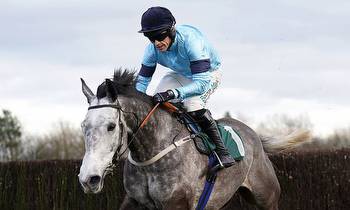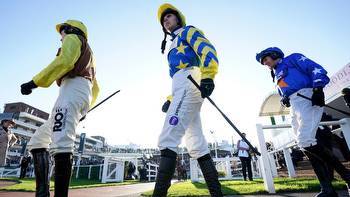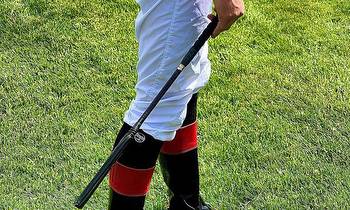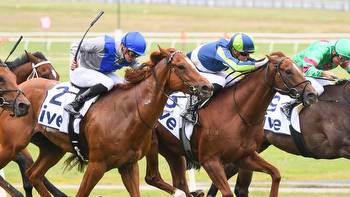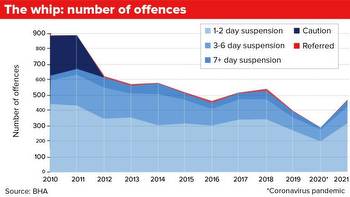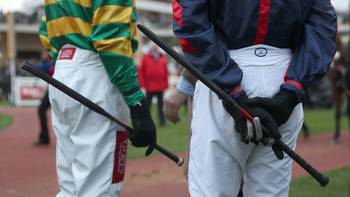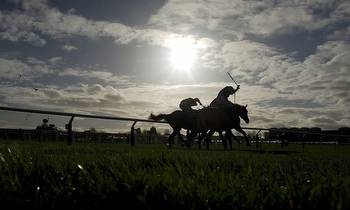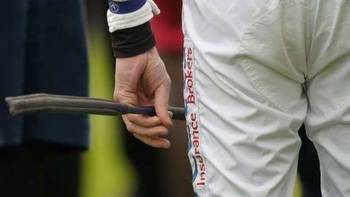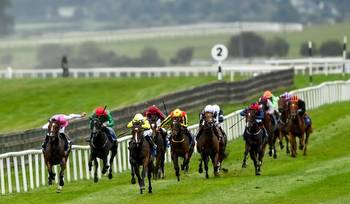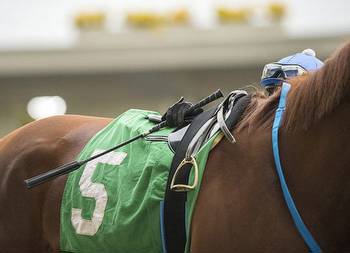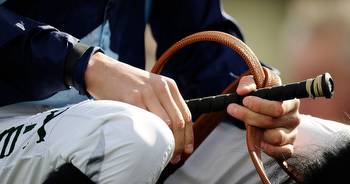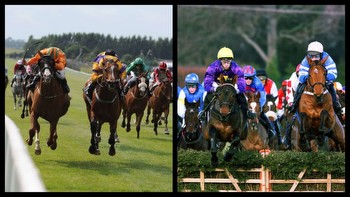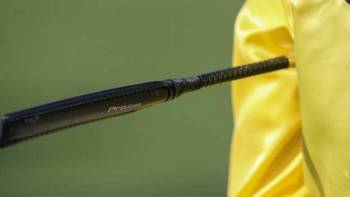Ruby Walsh: The Dublin Racing Festival was great for everyone bar our breeding industry
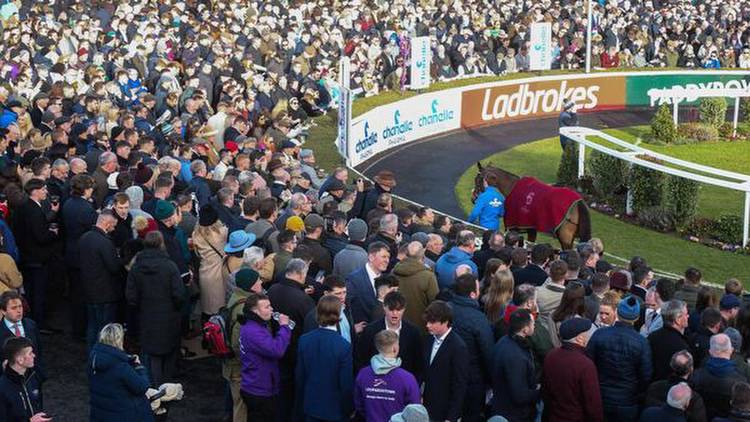
I loved the Dublin Racing Festival (DRF) last weekend. From the racing to the crowds to the questions the results posed and performances that left no doubt, I enjoyed every bit of it. It has been rehashed in every column since last Monday, compared and contrasted to all the spring festivals, but it was only what, for me, it always should have been.
The races are not a reinvention of the wheel and all bar the Dublin Chase have a history of one fashion or another, and the Sunday meetings that amalgamated to form the weekend were amongst my favourite days of the year.
I have great memories of big crowds watching the original Vincent O’Brien Gold Cup in the late 80s, of a jammed Ladbroke Hurdle Day in the 90s, and thousands swarming to watch Istabraq as the millennium turned.
Those National Hunt cards in south county Dublin have always held a high place in the jumps racing calendar, so the condensing of three into two was only a risk to Leopardstown’s finances.
Last weekend it became a spectacular success because the quality of these meetings has become apparent to English racing fans as the Irish product runs side by side with theirs, day in and day out.
Twenty-seven per cent of the crowd came across from the UK to watch Irish horses race at an Irish racecourse. The value on offer has been highlighted, but it has always been value, so why have British National Hunt racing fans chosen now to support Irish racing?
Is it because of the lack of high-profile names they can watch at their racecourses or because of the condensed quality at the DRF? I don’t know, but 27 per cent of just over 34,000 is 4,600 racegoers daily at Leopardstown.
That’s the crowd surge on previous years as racing competes with the start of the inter-county leagues and the Six Nations. I doubt many more locals attended, but the standard of our fare created the import of plenty of sterling that was spent in Dublin.
The other import of note was that all eight Grade One winners were bred in France, and on the weekend, when the Scilly Isles Chase at Sandown is included, that becomes nine. Again, I don’t know why not even one Irish-bred horse won one of the feature races, but it’s not a great trend for our breeding industry, and one hopes it is just a bump on the long road to producing future stars.
On Monday, the bedding-in period for new whip rules in the UK will end, and the rules will start to be enforced for real. Strict penalties for breaches and the chance of disqualification for major rule infringements will take effect from Monday, but all cases will be heard or dealt with at the BHA within seven days rather than on the course.
In theory, the 28 winners at Cheltenham could be disqualified in the days after the last race has been run. That won’t happen and, in all likelihood, most bans handed out each week will result from misjudged delivery rather than the number of strikes a rider uses. This is a minefield for both sides, and the BHA is acting under political pressure regarding horse welfare.
A rider who uses the whip four times over the permitted number will see their horse disqualified but not on the race day. It’s not designed for National Hunt but more structured to deal with the lucrative World Pool betting on the Flat.
World Pool doesn’t take National Hunt fixtures, but the UK is the only jurisdiction where whip rule infringements will lead to disqualification. Therefore, to still attract the World Pool for Ascot, Newmarket, Goodwood, York etc, disqualification cannot affect the betting result, hence the delayed whip rule review committee.
A horse losing a Gold Cup compared to a Derby is also a different ball game. Only one has the potential to become a multi-million-pound stallion, enhancing the industry’s earning power. Many in the sport have questioned the timing of this implementation in the last few weeks. Why right now when the public glare will descend on the sport in March? Perhaps the idea was to send a clear political message to those outside it that the authorities were serious about change.
Good theory if the changes were based around numbers, but a hard one when the new rules became so structurally technical. I don’t envy the riders trying to alter their habits two-thirds of the way through the season and trying to change their “swing.” Simply put, that will be required of many as they adjust to a new hand-level height which is not allowed to clear head height.
How you always moved your elbow and rotated your shoulder to swing your whip is what is at the centre of these changes. For some, that will be just to repeat what they always did but, for many, it will feel like learning to brush their teeth with their non-dominant hand.
The fact that the National Hunt riders have to do so as their season reaches its climax is hard logic to fathom. Why these rules are not being enforced on the all-weather Flat racing first, then the turf Flat in March, followed by the National Hunt in May, defies logic.
The 'new year, new rules' approach baffles me. Surely it should be 'new season, new rules'. If change has to be made right now, then go with the numbers and rules that surround non-technical changes while continuing to educate the riders on the technical elements before a new season and all the new rules apply.


